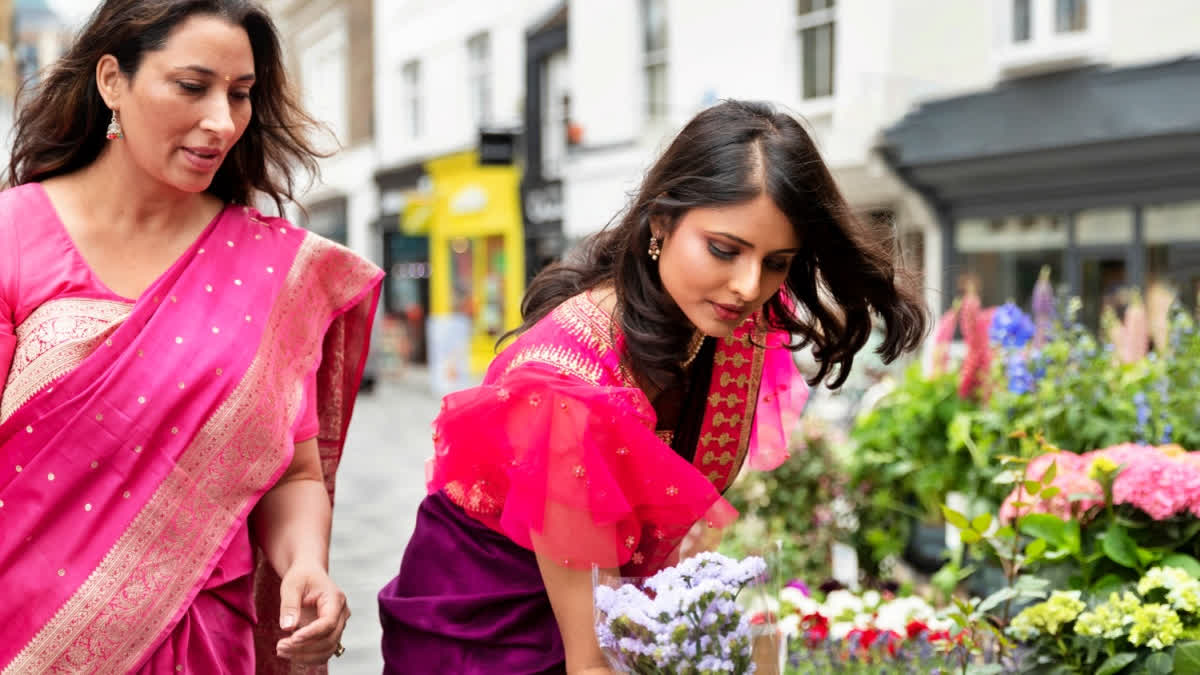Indian cities have always been a mix of opportunity and challenge, but for women, they often feel like a balancing act between progress and safety. The 'Top Cities For Women In India 2024' report explores what life is like for women across urban India. The report shows us how cities like Bengaluru, Chennai, and Mumbai are creating spaces where women can thrive, while also highlighting the hurdles women face daily, from safety concerns to limited access to resources.
Top Cities By City Inclusion Score (CIS):
- Bengaluru: CIS of 47.15.
- Chennai: CIS of 46.31.
- Mumbai: CIS of 41.11.
- Hyderabad: CIS of 38.89.
- Pune: CIS of 36.88
Bengaluru is leading the charge when it comes to creating job opportunities for women. With its booming tech scene, the city is a hub for women entrepreneurs and professionals. Similarly, Chennai shines with strong social policies and programmes that encourage women to join the workforce (its female labour force participation rate is a solid 43.2%, much higher than the national average).
Mumbai is a city of dreams. With high literacy rates and diverse job opportunities, it’s a place where women can chase big ambitions. But even in these cities, challenges like long commutes and safety concerns remind us that progress isn’t always perfect.
“I love living in Mumbai. The energy of the people is infectious and the city is always buzzing. It is the safest city I've lived in so far although the crowded commute does take a toll on you,” says Prachi Desai, a media consultant who moved there from Bhopal for a brighter career.
Hyderabad emerges as a promising city for women, striking a balance between opportunity and livability. The report highlights the city’s strong showing in infrastructure and ease of living, which are bolstered by its status as a growing tech hub. However, Hyderabad still has work to do in areas like education, with a female literacy rate of just 65.1% (a significant gap compared to other top cities). Safety remains a concern as well, with women often navigating the city’s busy streets amid inconsistent public transport options. Despite these challenges, Hyderabad’s expanding job market and modern amenities make it a city full of potential for women looking to build careers and improve their quality of life.
Employment Insights:
- Only 10% of working-age Indian women were employed or seeking employment in 2023.
- Women constitute 48% of India’s population but contribute only 18% to GDP. Closing this gender gap could significantly boost the GDP by nearly 20%
- Among large cities, Mumbai (7.60) and Bengaluru (7.54) scored the highest in skilling and employment opportunities.
- For smaller cities, Gurugram leads with a score of 7.68
- Bengaluru leads in Industrial Inclusion with a score of 81.33.
- Chennai leads in Social Inclusion with a score of 45.31.
- Mumbai shows strong consistency across both dimensions
"Organizations are uniquely positioned to influence the inclusivity ofthe cities they operate in. By implementing policies that reflect the parameters highlighted in the TCWI report—such as mentorshipprograms for women, enhanced parental leave, and workplace safety initiatives—they can become role models of inclusion. Also,organizations can measure and publicly report their contributions to local inclusivity, aligning their corporate goals with broadercommunity needs. By doing so, they not only enhance their credibility but also inspire other entities to follow suit, creating a cultureof accountability and shared progress," said Dr Saundarya Rajesh Social Entrepreneur, Founder-President, Avtar Group which published the report.
The Safety Factor
- Mumbai ranked highest for safety among large cities with a score of 7.19.
- In smaller cities, Thiruvananthapuram leads with a score of 7.43
- Gurugram scored the lowest with 5.60
No matter how many opportunities a city offers, safety is often a deciding factor for women. Whether it’s walking home at night or commuting to work, the sense of safety (or lack of it) shapes daily life. Cities like Mumbai and Bengaluru still struggle with high crime rates against women, even though they top the rankings in other areas.
